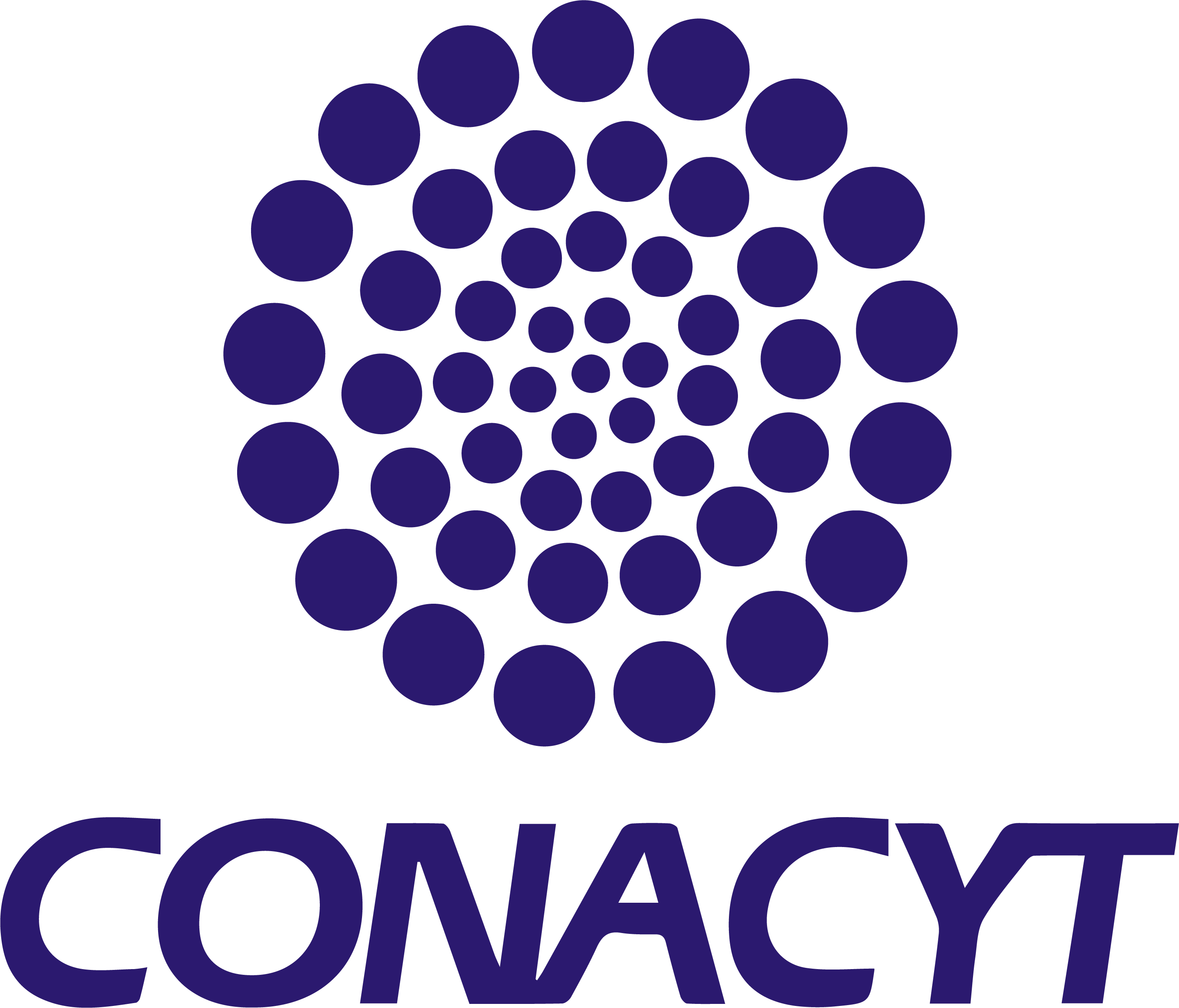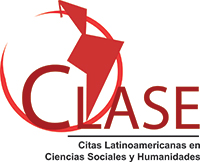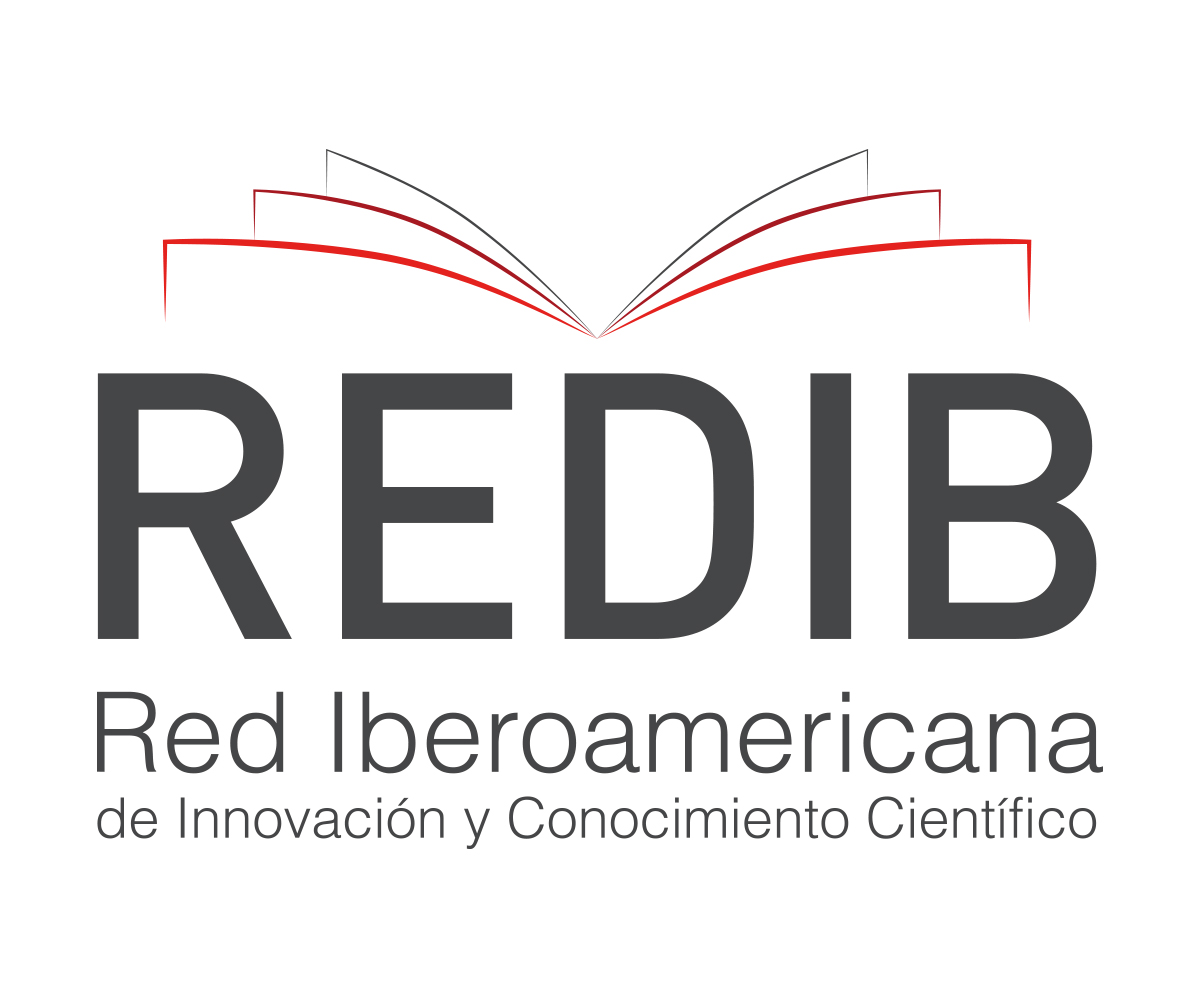Gender and ADHD: Female Students in the Bachelor's Degree in Educational Inclusion
Abstract
This study examined testimonies from a discussion group composed of students enrolled in the Bachelor’s Degree in Educational Inclusion (LIE) program who have a confirmed or probable Attention Deficit Hyperactivity Disorder (ADHD) diagnosis. The objective was to analyze how they navigate the academic, social, and emotional challenges associated with their condition; emphasizing the gendered dimensions of symptom expression, and the accessibility of support resources within the context of higher education. The findings, while not generalizable, reveal the adoption of spontaneous strategies to manage ADHD within the participants’ contexts. Notably, the female students reported relying on a friend or trusted person to mediate interactions with their environment and engaging in secondary activities to maintain attention on primary tasks, for example, listening to a lecture. However, these strategies were occasionally misinterpreted as indiscipline or disruptive behavior, leading to negative perceptions from teachers, particularly when the ADHD diagnosis was disclosed. Based on these findings, it is concluded that understanding and promoting collective coping strategies among women with ADHD is essential. Such strategies, as exemplified by those developed through interactions in the discussion group and the establishment of an informal private WhatsApp group, proved highly effective. These spaces not only facilitated mutual support among participants but also provided a channel to alleviate the tension associated with the persistent masking of their condition.
Downloads
References
Antshel, K. M. (2018). Attention deficit/hyperactivity disorder (ADHD) and entrepreneurship. Academy of Management Perspectives, 32(2), 243-265
Báez, I. (2014). La feminización en las escuelas normales del Estado de México. Ra Ximhai, vol. 10, núm. 5, julio‒diciembre, 2014, pp. 321‒338. Universidad Autónoma Indígena de México. El Fuerte, México.
Barkley R.A. (2015). Attention-Deficit Hyperactivity Disorder: A Handbook for Diagnosis and Treatment, Fourth Edition. The Guilford Press, New York.
Barragán, E. y de la Peña, F. (2008). Primer Consenso Latinoamericano y declaración de México para el trastorno de déficit de atención e hiperactividad en Latinoamérica. Rev Med Hondur.
Biederman J. (2004). Attention-deficit/hyperactivity disorder: A selective overview Biological psychiatry, 57 (11) (2004), pp. 1215-1220.
Bravo Vallejo, M. (2024). Burnout: Efectos y opiniones entre estudiantes normalistas del BINE. Ponencia presentada ante el CONISEN en Durango, México, el 26 de septiembre de 2024. https://conisen.mx/memorias
de Carvalho, J. A., de Carvalho, M. P., de Souza, L. S. A., y Braga, R. M. (2012). TDAH: Considerações sobre o transtorno do déficit de atenção e hiperatividade. Revista cientifica do ITPAC, Araguaína, 5(3).
de Jong, M., Wynchank, D. S. M. R., Michielsen, M., et al, (2024). A Female-Specific Treatment Group for ADHD—Description of the Programme and Qualitative Analysis of First Experiences. Journal of Clinical Medicine, 13(7), 2106. https://doi.org/10.3390/jcm13072106
Díaz, A., Jiménez, J. E., Rodríguez, C., Afonso, M., y Artiles Hernández, C. (2013). Consideraciones de los estudios de prevalencia del trastorno por déficit de atención con o sin hiperactividad (TDAH). Revista de Psicología y Educación.
Evans, S. W., Van der Oord, S., y Rogers, E. E. (2020). Academic functioning and interventions for adolescents with ADHD. ADHD in adolescents: Development, assessment, and treatment, 148-169.
Fraticelli S, Caratelli G, De Berardis D, et al, (2022). Gender differences in attention deficit hyperactivity disorder: an update of the current evidence. Riv Psichiatr 2022;57(4):159-164. http://doi.org/10.1708/3855.38380
García, M. D. M., Jiménez, M. L., Martínez Morante, E., y Río Lozano, M. D. (2010). Guía para incorporar la perspectiva de género a la investigación en salud. Escuela Andaluza de Salud Pública.
González, J. (2018). Encuesta a profesorado universitario sobre el déficit de atención e hiperactividad en personas jóvenes adultas. Revista Educación, vol. 42, núm. 1, 2018. Universidad de Costa Rica, Costa Rica. https://dx.doi.org/10.15517/revedu.v42i1.22714
Granados, D, E., Figueroa, S., Hernández, T. y Álvarez, M.M. (2020). Indicadores de trastornos por déficit de atención e hiperactividad y hábitos de estudio en universitarios de Psicología. Eduscientia.
Groß-Lesch, S., Dempfle, A., Reichert, S., et al, (2016). Sex-and subtype-related differences in the comorbidity of adult ADHDs. Journal of Attention Disorders, 20(10), 855-866.
Gutman, Balasubramanian, Herzog, et al, (2020). Effectiveness of a Tailored Intervention for Women With Attention Deficit Hyperactivity Disorder (ADHD) and ADHD Symptoms: A Randomized Controlled Study. The American Journal of Occupational Therapy, 2020, Vol. 74(1), 7401205010p1–7401205010p11. https://doi.org/10.5014/ajot.2020.033316
Henry E. y Jones S. (2011). Experiences of older adult women diagnosed with attention deficit hyperactivity disorder. J Women Aging. 2011;23(3):246-62. https://doi.org/10.1080/08952841.2011.589285
Hupfeld, K., Abagis T. y Shah, P. (2019). Living “in the zone”: Hyperfocus in adult ADHD Attention Deficit and Hyperactivity Disorders, 11 (2019), pp. 191-208, https://doi.org10.1007/s12402-018-0272-y Institute for Health Metrics and Evaluation (2019). Global Burden of Disease (GBD).
Kercood, S., Lineweaver, T. T., Frank, C. C., et al, (2017). Cognitive flexibility and its relationship to academic achievement and career choice of college students with and without attention deficit hyperactivity disorder. Journal of Postsecondary Education and Disability, 30(4), 329-344. https://eric.ed.gov/?id=EJ1172788
Magnus W, Nazir S, Anilkumar AC, et al, (2023). Attention Deficit Hyperactivity Disorder. StatPearls Publishing; 2024 Jan-. Available from: https://www.ncbi.nlm.nih.gov/books/NBK441838/
Marifil, T. P., Sepulveda, D. C., Lorca, R. T., Aro, C. P., Fuentes, C. C., & Paredes, A. C. (2021). Cambios en los síntomas de inatención, hiperactividad e impulsividad en niños y adolescentes con TDAH mediante los Deportes: Una revisión. Retos: nuevas tendencias en educación física, deporte y recreación, (41), 701-707.
Mylett, M. (2020). "I wish I could just be myself": Social camouflaging, internalized stigma, and internalizing mental health problems in adult ADHD. MA Thesis in Psychology. Simon Fraser University. https://summit.sfu.ca/item/35794
Nadeau, K.G. (2015). The ADHD Guide to Career Success: Harness your Strengths, Manage your Challenges (2nd ed.). Routledge. https://doi.org/10.4324/9781315723334
NIMH (2007). Brain Matures a Few Years Late in ADHD, But Follows Normal Pattern. NIH
Ortega, A., Ariza, A., Delgado, D., y Riaño, M. (2015). Programa de estimulación sobre procesos atencionales en niños con TDAH. Revista Fronteras del Saber, 6, 31-38.
Ortiz, S. y Jaimes, A, L. (2007). Prevalencia de déficit atencional en estudiantes de medicina de la Pontificia Universidad Católica de Chile. Departamento de psicología médica, psiquiatría y salud mental. UNAM.
Polanczyk, G., De Lima, M. S., Horta, B. L., et al, (2007). The worldwide prevalence of ADHD: a systematic review and metaregression analysis. American journal of psychiatry, 164(6), 942-948.
Ramos Quiroga, J.A., Bosch Munsó, M., Castells Cervelló, M., et al, (2006). Trastorno por déficit de atención con hiperactividad en adultos: caracterización clínica y terapéutica. Revista Neurológica.
Rogers, D. C., Dittner, A. J., Rimes, K. A., y Chalder, T. (2017). Fatigue in an adult attention deficit hyperactivity disorder population: A trans‐diagnostic approach. British Journal of Clinical Psychology, 56(1), 33-52.
Rubiales, J., Bakker, L., Russo, D., et al, (2016). Desempeño en funciones ejecutivas y síntomas comórbidos asociados en niños con Trastorno por déficit de atención con hiperactividad (TDAH). Revista CES Psicología.
Rusca, F., Cortez, C. (2020). Trastorno por déficit de atención con hiperactividad (TDAH) en niños y adolescentes. Una revisión clínica. Revista de Neuro‒psiquiatría.
Sangüesa, J. (2012). La historia que el Déficit Atencional ha escrito sobre tu identidad (y cómo evitar sus efectos negativos). En el blog Vivir Mejor con TDAH del Adulto. 23 de mayo de 2012. https://juansanguesa.com/la-historia-que-el-deficit-atencional-ha-escrito-sobre-tu-identidad-y-como-evitar-sus-efectos-negativos/
Schuck, R., Flores, R., y Fung, L. (2019). Brief Report: Sex/Gender Differences in Symptomology and Camouflaging in Adults with Autism Spectrum Disorder. J Autism Dev Disord, 49(6), 2597–2604.
Sedgwick, J.A., Merwood, A. y Asherson, P. (2019). The positive aspects of attention deficit hyperactivity disorder: a qualitative investigation of successful adults with ADHD. ADHD Atten Def Hyp Disord 11, 241–253. https://doi.org/10.1007/s12402-018-0277-6
Sepúlveda, V.J., Espina, V.F (2021). Desempeño académico en estudiantes de educación superior con Trastorno por Déficit de Atención. Revista Estudios pedagógicos. http://doi.org/10.4067/S0718-07052021000100091
Spender K, Chen Y-WR, Wilkes-Gillan S, et al, (2023) The friendships of children and youth with attention-deficit hyperactivity disorder: A systematic review. PLoS ONE 18(8): e0289539. https://doi.org/10.1371/journal.pone.0289539
Vasiliadis, H. M., Lunghi, C., Rahme, E., et al, (2024). ADHD medications use and risk of mortality and unintentional injuries: a population-based cohort study. Translational Psychiatry, 14(1), 128.
Vega Villarreal, S. (2019). Estereotipos de género en las escuelas normales. Indicios de una pedagogía sexista. RECIE. Revista Electrónica Científica De Investigación Educativa, 4(2), 1291-1302. https://doi.org/10.33010/recie.v4i2.434
WCEFA (1990). Declaración mundial sobre educación para todos y Marco de acción para satisfacer las necesidades básicas de aprendizaje. Conferencia Mundial sobre Educación para Todos.
Wiklund, J., Yu, W., Tucker, R., y Marino, L. D. (2017). ADHD, impulsivity and entrepreneurship. Journal of Business Venturing, 32(6), 627-656.
UNICEF (2022). En mi mente. Promover, proteger y cuidar la salud mental de la infancia. Estado mundial de la infancia 2021. UNICEF para cada infancia.
Yaber, J. Y., y Sotelo, C. E. (2022). La violencia oculta en alumnas de educación superior. RECIE. Revista Electrónica Científica De Investigación Educativa, 6, e1720. https://doi.org/10.33010/recie.v6i0.1720
Zamora, L. (2023). Infradiagnóstico de TDAH en mujeres y sesgo de género: una revisión sistemática. Tesis de grado, licenciatura en Psicología. Universidad Unilider. http://dx.doi.org/10.13140/RG.2.2.20407.29606
Zamudio Díaz, J.J. (2024). Justificación de “Test de Autopercepción de Síntomas de TDAH”. https://drive.google.com/file/d/1sF7zdjIxBY877Okkkge1N7TfSz1tQCcb/view?usp=sharing
Zúñiga, A. y Durán, O. (2014). El TDAH y su comorbilidad. Pediatría Infantil. SEPEAP.

This work is licensed under a Creative Commons Attribution 4.0 International License.
In order to promote the development and dissemination of research in education in Latin America, the Ibero-American Journal for Educational Research and Development (RIDE) adhered to the Budapest Open Access Initiative, which is why it is identified as a Open access publication. This means that any user can read the complete text of the articles, print them, download them, copy them, link them, distribute them and use the contents for other purposes. Creative Cummons licenses allow users to specify the rights to use an open access journal available on the Internet in such a way that users know the rules of publication. Authors who publish in this journal accept the following conditions: Authors they keep the author's rights and give the magazine the right of the first publication, with the work registered with the attribution license of Creative Commons, which allows third parties to use the published material whenever they mention the authorship of the work and the first publication in this The authors can make other independent and additional contractual agreements for the non-exclusive distribution of the version of the article published in this journal (eg, include it in an institutional repository or publish it in a book) as long as they clearly indicate that The work was published for the first time in this magazine. Authors are allowed and recommended to publish their work. low on the Internet (for example on institutional or personal pages) before and during the review and publication process, as it can lead to productive exchanges and to a greater and faster dissemination of the published work















